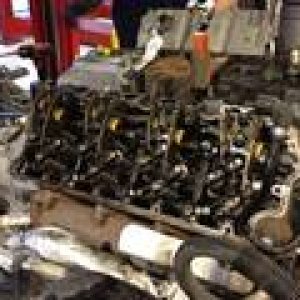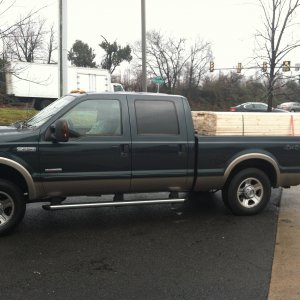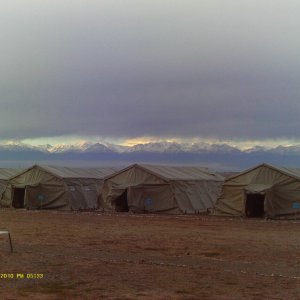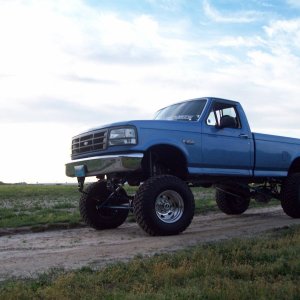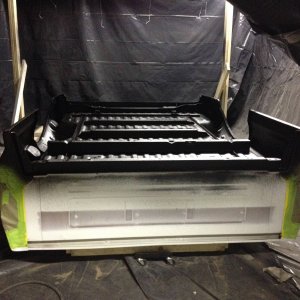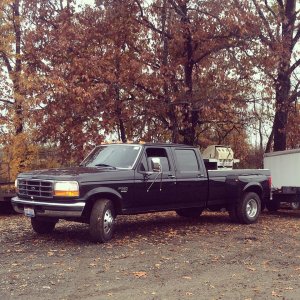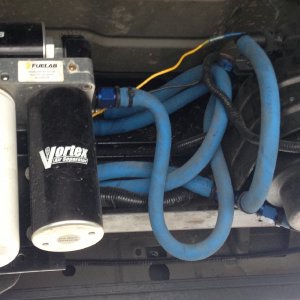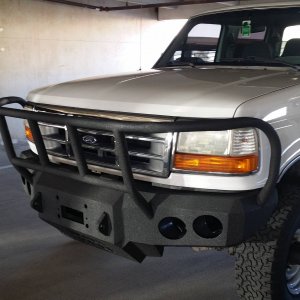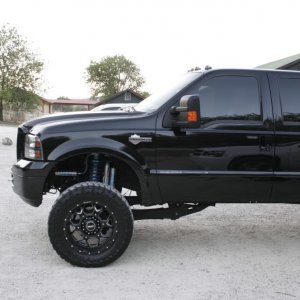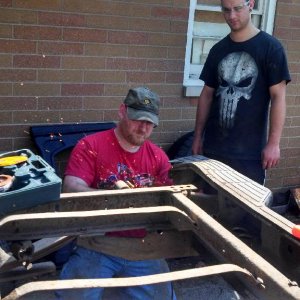The converter is left unlocked when the trans is cold because the control system is unstable and the unlocked converter helps warm the engine and trans faster.
In my case it's unlocked because I say so, lol. I programmed the temperature I wanted the converter to stay unlocked until so that it could heat my fluid up quickly and I wouldn't be driving around with molasses in my trans. It usually only takes a mile or so for it to lockup being as I live in the foothills of the Appalachians.
In my case it doesn't warm my engine as they are disconnected, but I take it that it would if they were.
The radiator NEVER warms the engine. NEVER. I have tested this from -40°F to +115°F ambient temperatures. I measured the ATF temperature in and out of the radiator and the coolant temperature inside the radiator near the trans cooler. The engine coolant was ALWAYS colder than the ATF. ALWAYS. Not sometimes, ALWAYS.
It surely warms the fluid in my ZF6 on my 550, which is why I left the fluid running through the radiator before hitting the cooler in front for winter time. Surely driving around empty at low speeds the radiator is at a higher temp than the trans. Maybe not, it is a large unit with lots of airflow. I would have never guessed. Poor trans...
The cooler is in the tank where the coolant has already passed through the radiator and been cooled. The engine thermostat doesn't have much effect on this temperature. When it is cold outside the coolant around the transmission cooler is very close to ambient temperature.
It's a transmission COOLER, not a warmer.
Well, most coolers are designed to keep the fluid at a design range.... not simply hold it below X and anything down to frozen solid be damned.
Apparently the trans is inefficient enough with the converter unlocked to maintain high levels of heat even with full ambient cooling. This also means that the cooler must be sized small enough so as to not keep the trans fluid horrifically cold in winter at light load, making it marginal in summer at heavy load.
It would be like an engine cooling system that employed no thermostat as well. It could be done so that winter weather operation was only moderately hard on the fluid, and summer weather operation only marginally scorched it.
A thermostat would seem a better choice, but apparently things work acceptably without one.

